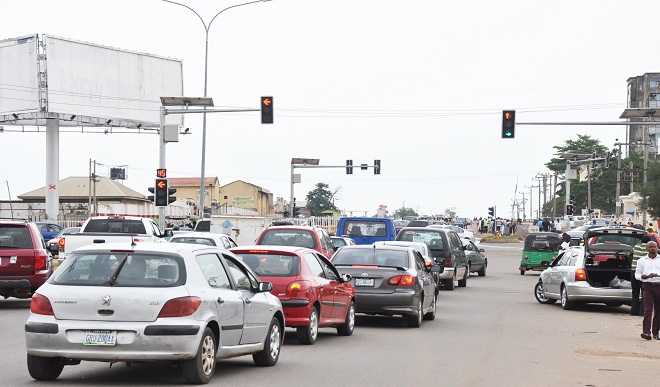One of the grounds advanced for the transfer of the Nigerian Capital City to a new location was the prevailing traffic disorder. Because the United Nations and Ford Foundation report in 1970 described the traffic conditions in metropolitan Lagos as chaotic and endemic. Having settled the issue of choice for the location at the geographical centre of Nigeria, among the objectives which formed the terms of reference to the IPA for the preparation of the plan for the Capital City was to have a city that possesses adequate natural resources to provide a promising base for urban development.
In order to escape from the chaotic traffic challenges that contributed to describing Lagos as a ‘Problem Capital’ as hitherto described by international organisations, the new capital must have uninterrupted and easy accessibility from all corners of the country, and to all parts of a city in line with the cardinal principles of modern town planning. In addition to the National Highway system, the internal road network was designed to provide seamless connections to all parts of the city from all origins to destinations.
The existence of meeting points of four major highways was considered as important factor for the enhancement of centripetal movement to the Federal Capital City from all corners of the country. The National Highway system in Nigeria was developed in the form of a North-South/East-West grid of major highways. The prevailing situation at the time of producing the Abuja Master Plan was the major Trunk roads; A-1, A-2 and A-3 running North/South, interlaced with smaller local roads, A-124, A-234 and F-126 within the Central Zone at the location of the FCT, hence they significantly influenced the structural planning of the FCC and the FCT.
The connection of the A-2 from Okene to Kano was part of the 4th National Development Plan, but its implementation was integrated with the plan for the Federal Capital City development plan.
- Troops nab IPOB/ESN commander in Enugu, recover arms, ammunition
- Fubara signs 2024 budget into law, 24hrs after presentation
The major and most prominent highway was the Trunk A-2 on North–South alignment, running from the southern part of the country, through the Central Zone of the country, Okene-Lokoja-FCT to the heavily populated region of the North-Western Zone, Kaduna-Kano.
Meanwhile, the A-124 running along the West-East direction is serving as a connector of Trunk A-1 from Mokwa-Bida to Trunk A-2 at Suleja. The A-234 on the other hand, runs East/West from the A-3 at Akwanga, through Keffi and the FCT to connect to the A-2 also at a location in Suleja prior to its realignment by the new FCC plan. The F-126 runs Northwest/Southwest from Minna to Suleja, was also a link road, taken over by the federal government from the states in 1974.
The structural arrangement at the Central Area commenced with the Three Arms Zone accommodating the Presidency, National Assembly and the Supreme Court, to the Ministries Zone, Cultural Spine and the Central Business District and the Diplomatic Zone. The other districts of the city are mainly residential.
The Abuja Master Plan introduced the Expressways to convey traffic from the Highways to the City Centre. This is where the federal ministry’s function stops and the Federal Capital Development Authority (FCDA) starts. Travellers along the A-2 from the southern part of the country would connect from Gwagwalada through Outer Southern Expressway (OSEX) to the heart of the city on a 10-lane non-stop traffic. However, because this section of OSEX is still under construction, its function is shouldered by the Airport Expressway.
Also, travellers along the A-2 from the northern parts of the country would connect from Zuba to the city centre along the Outer Northern Expressway (ONEX) on non-stop traffic to the city centre, terminating at the meeting point with the OSEX, which is also the meeting point with the Trunk A-234 that connects to the A-3 Highway leading to the Eastern parts of the country.
What it implies is that unless on occasional circumstances of accidents along the road, there are uninterrupted and seamless traffic from East to West and North to South of the city while approaching or departing from the city to all parts of the country.
Similarly, Inner Northern and Southern Expressways were provided to connect motorists to all the development sectors of the city radiating from the Central Area to ultimately terminate at the A-2 Highway. Exclusive right-of-ways, transitways and arterials are equally important approaches to the Central Area from the immediately adjoining parts of the city.
All these were aimed at ensuring that Abuja did not experience the chaotic or endemic traffic challenges as described to be prevailing in the former Federal Capital city.

 Join Daily Trust WhatsApp Community For Quick Access To News and Happenings Around You.
Join Daily Trust WhatsApp Community For Quick Access To News and Happenings Around You.